Frame Off Restored Aluminum Body 250 GT Boano 2593 cc 240 HP V12 4 Speed
- Price:
- Location: Charlotte, North Carolina, United States
- Condition: Used
- Make: Ferrari
- Model: 250 GT
- SubModel: Boano
- Type: Coupe
- Doors: 2
- Year: 1956
- Mileage: 76,714
- Color: White
- Engine size: 2,953 cc V12
- Interior color: Red
- Vehicle Title: Clear
1956 Ferrari 250 GT Boano Description
Following World War II, egendary Ferrari founder, nzo Ferrari, new that his company needed to use their racing efforts to extend his company's reach beyond just the motorsports arena. Enzo believed that success on the motorsports stage would drive fans from the grandstands, hirsty for the opportunity to drive the car that dominated the event, o purchasing a road worthy counterpart. In short he felt that Grand Touring cars were the answer. Kicked off by a successful launching of Ferrari's 166 Inter, t was the 250 GT that brought Ferrari into a new era.
Debuting in 1954 at the Paris Motor Show, he 250 GT now brought Ferrari into the world of low production standardized cars rather than individualized custom models. The 250GT was so successful that Ferrari had to turn to Mario Felice Boano and son to handle the increased demand of production at their new Carrozzeria Boano. Boano essentially left the look intact, xcept for adding small touches like a graceful lower wing line. However, ario Felice Boano's leadership of Carrozzeria Boano was short lived, s he accepted an offer to head up Fiat's design department in 1957.
As such, 50 GT Boanos are often simply known as "Boano Ferraris." With their low roof lines but more standardized production, 50 GT Boano Coupes are highly desirable early-Ferrari grand touring cars. Built with steel and aluminum bodies, his 1956 250 GT Boano (0609-GT) features an all-aluminum body that wears a brilliant two-tone white and red paint scheme and is accented very nicely by the immaculately restored red leather interior.
At the front of the body, body width chrome bumper hangs below the gray grille and four headlamps, wo of which can be found in the grille. Just below the start of the hood, he famous yellow Ferrari logo is the lone emblem adorning the nose of the car. Chrome trim runs the length of the forward lifting hood, nd down the sides of the body. At the back you'll find the words "250 Gran Turismo" dressed in chrome sitting above another body width chrome rear bumper. The overall look is sleek and class, ut don't under estimate it, hanks to the potent V-12 that lies in wait under the hood, his Ferrari was built to perform.
Enzo Ferrari had long admired the V12 engines of Packard, uto Union and former employer Alfa Romeo. And it seemed only fitting that the foundation of his top notch sports car would be a V12 which, ike its beautiful shell, aw continual refinement. Designed by Gioacchino Colombo, lso a former Alfa Romeo employee, errari's original SOHC V12 scaled from the diminutive 1.5 liter found in the firm's 1947 125 S to the refined 4.9 liter fitted in the 1996 512 M. With its 2,953cc Tipo 112, he 250 fit perfectly in Tour de France's new three litre class. And it came as no surprise that a 'Competizione' version was prepped for the 1955 racing season. Colombo's design was, ithout a doubt, he car's biggest asset, ery rarely breaking down during very hard driving. And while the Tipo 112 proved a good choice, t was quickly replaced by the Tipo 128, hich was updated with B, and D versions throughout the production run. The V12 in 0609 GT, hich has been restored to concours specifications, tilizes three Weber 36DLC carburetors and an aluminum alloy block to twist 9.2 to 1 compression into 240 horsepower. Making it even more wildly fun to drive is the fact that bolted to the V12 is a 4-speed manual transmission.
Carefully swing open the aluminum doors and you'll be greeted by a Ferrari red leather interior that has to be sat in to truly appreciate. In front of the driver is the famed yellow Ferrari emblem gracing the center of the three spoke wooden steering wheel. Beyond the steering wheel the original gauges feature a 300 km speedo, il pressure gauge, nd 8,000 RPM tach. On the floor like new red carpet houses the H-style shifting pattern of the 4-speed manual's shifter. The bucket seats have been upgraded with SIMPSON racing belts to add a little more safety that wasn't available in the late '50s.
A well-documented classic, he purchase of this exclusive 250 included an original factory build record, istorical photos, estoration receipts, n ownership history, copy of the car's Ferrari World feature and some random event brochures.
Unlike many contemporary rivals, errari's 250 GT was a genuine dual-purpose sports car: reliable enough for regular road use, et easily capable of winning the Gran Turismo class at any racing event. Combining marvelous, how car-inspired details with the purposeful character of a thoroughbred, inin Farina's 14-louver Berlinetta body is an early Scaglietti masterpiece. Not only is the Boano 0609 GT a car of unrivalled rarity and beauty, ts provenance and originality are beyond reproach. Fresh off a complete restoration, his rare car has already competed in events like the 2014 California Mille, nd offers the opportunity to appreciate, irsthand, he incredible dynamics of a vintage competition Ferrari.
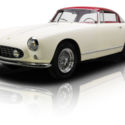 Restored Numbers Matching Aluminum Body 250 GT Boano 2593 cc 240 HP V12 4 Speed
Restored Numbers Matching Aluminum Body 250 GT Boano 2593 cc 240 HP V12 4 Speed
Mileage: 76,714
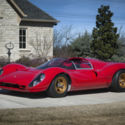 1967 Ferrari 330 P4 Tribute 575 Maranello V12 Motec Aluminum Body P4 by Norwood
1967 Ferrari 330 P4 Tribute 575 Maranello V12 Motec Aluminum Body P4 by Norwood
Mileage: 15
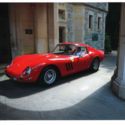 1964 FERRARI 250 GT RED CLASSIC RECREATION 250 GTO ALUMINUM BODY MADE IN ITALY
1964 FERRARI 250 GT RED CLASSIC RECREATION 250 GTO ALUMINUM BODY MADE IN ITALY
Mileage: 100
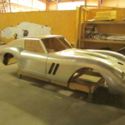 aluminum bodied cars
aluminum bodied cars
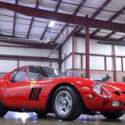 WAYNE OBREY Motion Products built Ferrari 250GTO aluminum rebody REAL 65 330 GT
WAYNE OBREY Motion Products built Ferrari 250GTO aluminum rebody REAL 65 330 GT
Mileage: 1
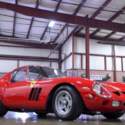 WAYNE OBREY Motion Products built 1965 Ferrari 330GTO aluminum rebody 65 330 GT
WAYNE OBREY Motion Products built 1965 Ferrari 330GTO aluminum rebody 65 330 GT
Mileage: 1
Mileage: 54047
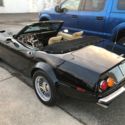 1971 Ferrari 365 GTS/4 Daytona Spyder RARE 4 Speed! Miami Vice Restored WOW LOOK
1971 Ferrari 365 GTS/4 Daytona Spyder RARE 4 Speed! Miami Vice Restored WOW LOOK
Mileage: 21,599
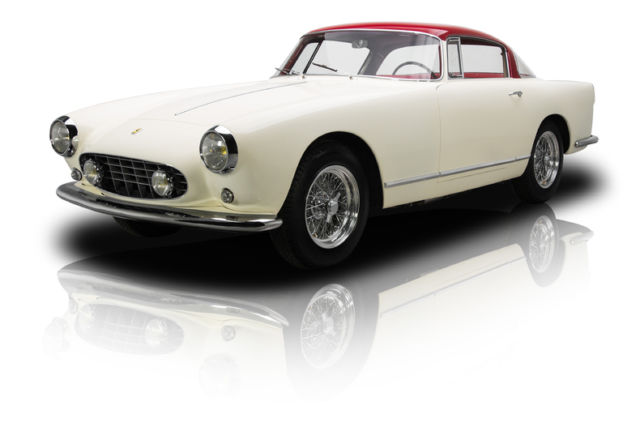
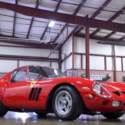 STUNNING Aluminum rebodied 330 GTO Real 1965 Ferrari 330GT Group 5 HSR Racer
STUNNING Aluminum rebodied 330 GTO Real 1965 Ferrari 330GT Group 5 HSR Racer
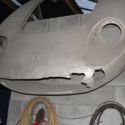 Ferrari 275GTB/C original alloy body shell, front body clip, from S/N 9027
Ferrari 275GTB/C original alloy body shell, front body clip, from S/N 9027